What are the different types & sizesof radius router cutter? |
||||
 |
||||
Standard radius router cutters |
||||
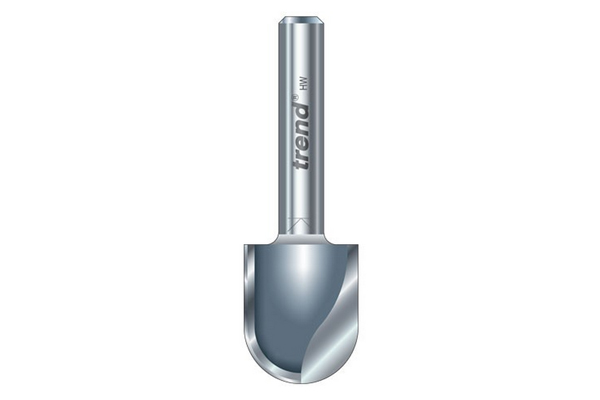 |
Standard radius cutters, like the two available from the Trade range, are used for general purpose radius grooving tasks. A selection can also be found in the CraftPro range under radius and cavetto cutters and the Professional TCT range under radius and coves (some of which have shank mounted guides. Tasks they can be used for include: |
|||
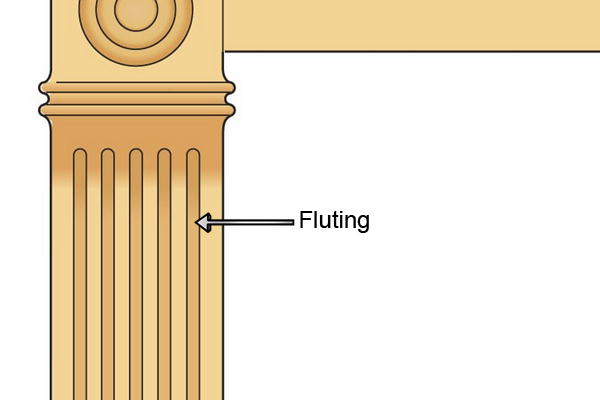 |
FlutingRadius cutters are commonly used to produce fluting on items such as table legs, bedposts and window frames. |
|||
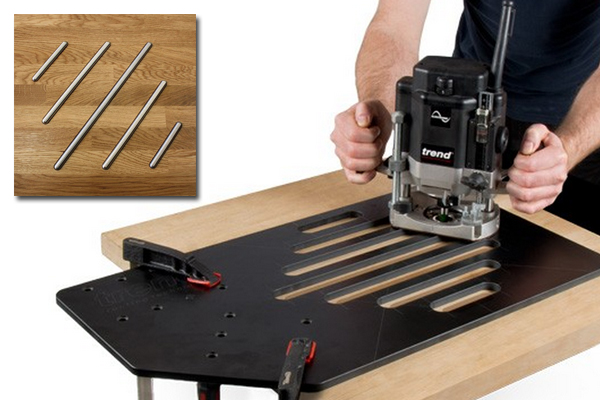 |
Grooves for hot rodsThey are ideal for creating the round-bottomed grooves needed for kitchen draining or hot rods (long, thin strips of zinc alloy designed to save your worktop from being burned by hot pans). There are hot rod jigs available which create the perfect template for cutting out these grooves. |
|||
Guided cove router cutters
|
||||
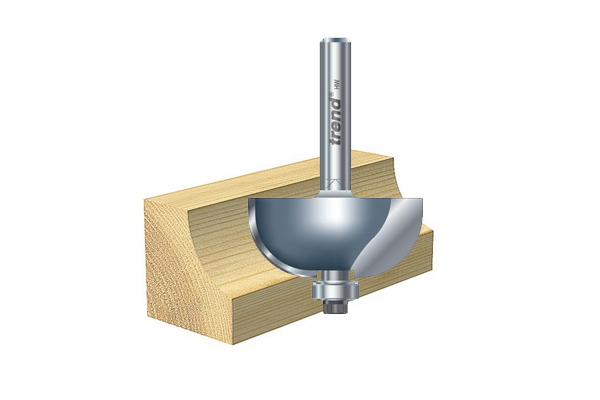 |
Radius cutters with tip-mounted guides are often called cove cutters, although some cove cutters do not have a guide. They are usually larger in diameter than some of the other radius cutters, but not always. The CraftPro range has a selection of radius and cavetto cutters with bearing guides, and the Professional TCT range includes several bearing guided cove cutters of varying diameter, as well as a pin guided cove cutter. | |||
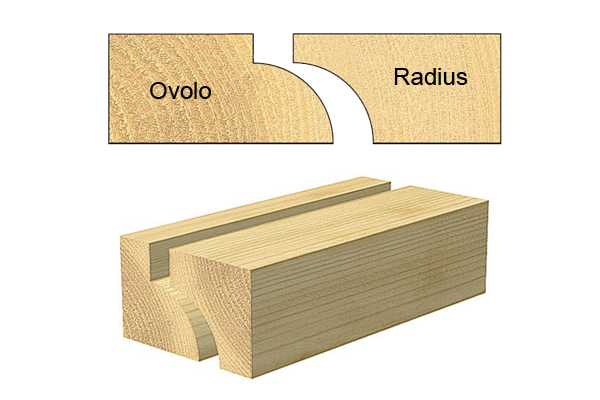 |
Joint-makingA cove cut can be used to form one-half of a drop leaf table joint when used in conjunction with a corresponding ovolo cut. |
|||
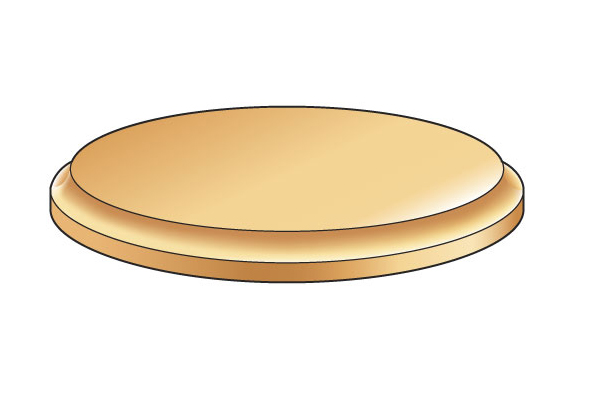 |
Cove cutsRadius cutters can also be used to produce cove cuts.
These are used in a wide variety of applications, including drop leaf table joints and decorative edging. |
|||
Cavetto router cutters |
||||
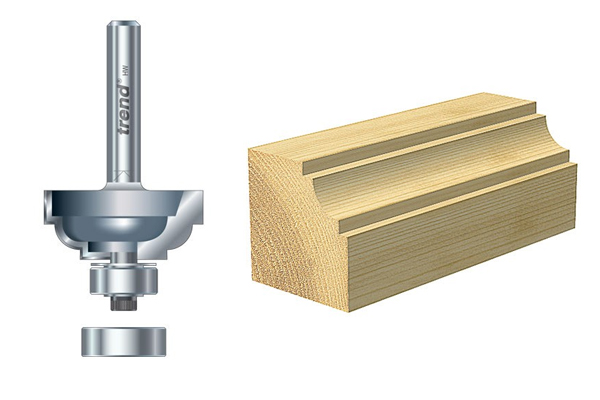 |
A cavetto is a curved cut with a quirk (a 90-degree step) at the top and, optionally, the bottom. This kind of shape is usually found in panel moulding. Cavetto cutters can be found in the Professional TCT range as well as the CraftPro range. |
|||
Radius engraving router cutters |
||||
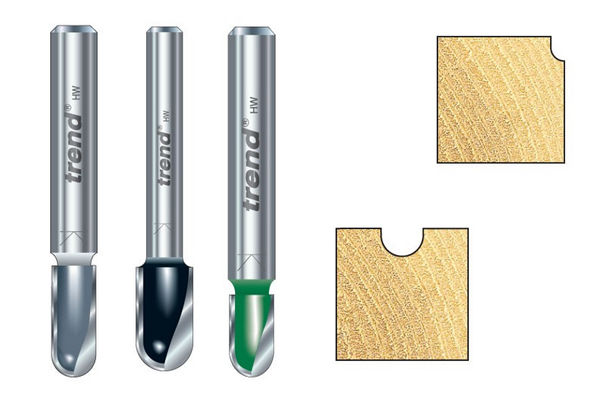 |
These cutters are not usually given their own specific category, but, some radius cutters have much thinner diameters than regular radius cutters, which makes them suited to the often intricate and delicate task of engraving. |
|||
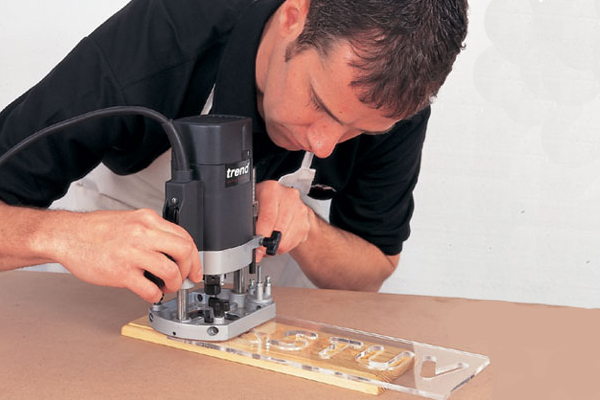 |
EngravingEngraving cutters are typically used in conjunction with a guide bush and template to rout things like lettering or numbering for a sign or plaque. |
|||
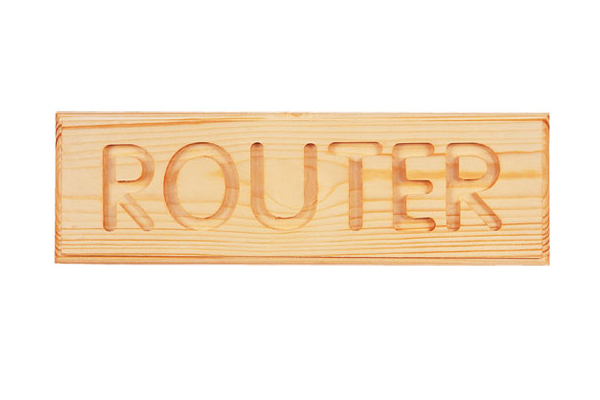 |
|
They can also be used to create decorative shapes for furniture items such as chests or headboards.
With the right template, an engraving cutter can be used to produce almost any shape or design. |
||
Radius router cutters with shank-mounted guide |
||||
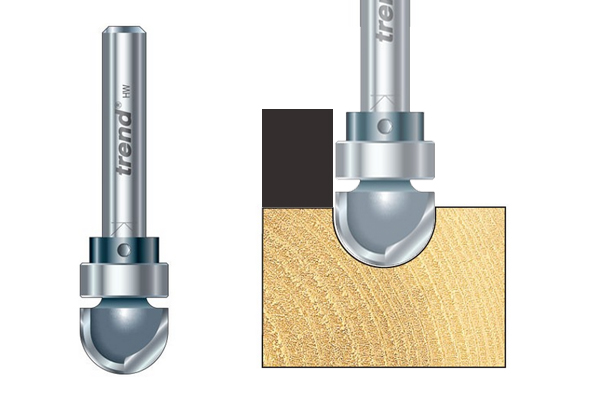 |
These cutters are designed to rout radius grooves in the surface or on the edge of materials. They have a ball-bearing guide mounted on the shank which can follow the edge of a template. |
|||
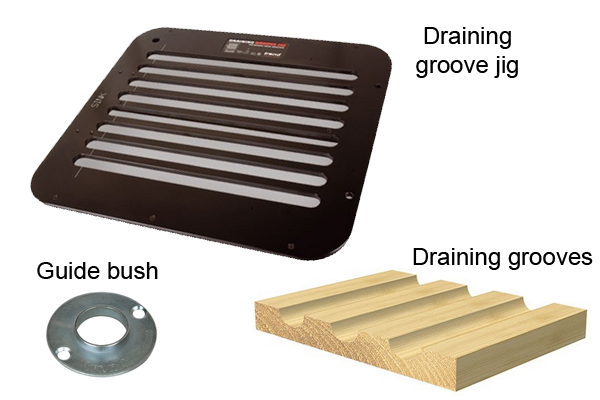 |
Draining groovesSome models can be used in conjunction with a guide bush and draining groove jig in order to rout draining grooves in solid timber for Belfast type sinks. |
|||
Water channel / dish router cutters |
||||
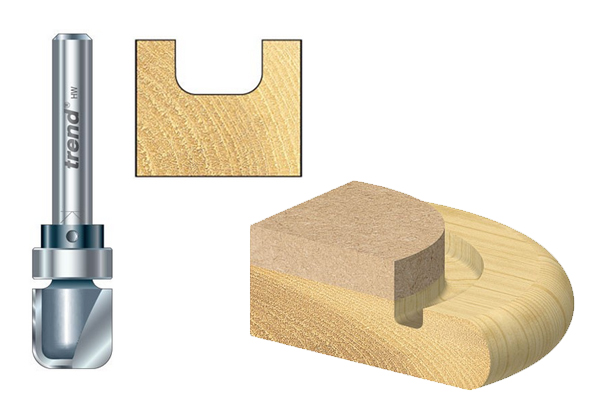 |
Water channel and dish cutters have curved sides and a flat bottom. They have a shank-mounted ball-bearing guide to follow a template.
They are used for routing water channels (also known as drip or capillary grooves) as well as hollowing out the middle of bowls and dishes. |
|||
Drawer pull router cutters |
||||
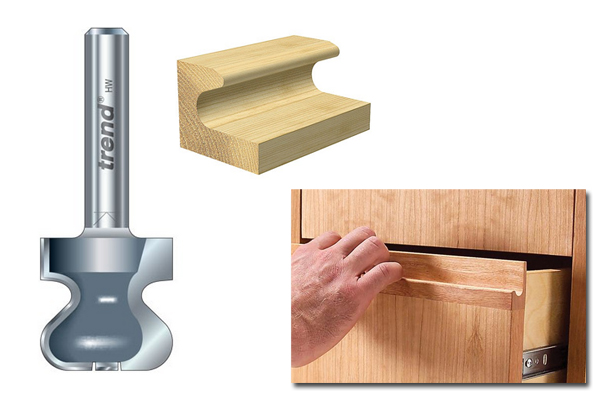 |
Drawer pull cutters, as the name suggests, are designed to rout different types of drawer pulls.
Drawer pulls can be cut into the drawer front or moulded on a strip of material and then fixed to the top of the drawer. |
|||
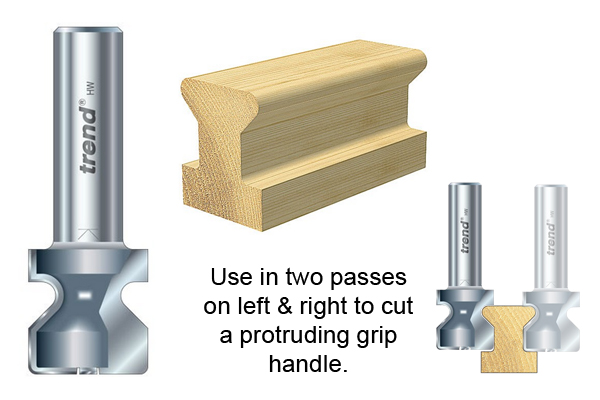 |
Certain types can be used in conjunction with straight cutters to cut protruding grip handles.
The drawer pull cutter is used to rout the side profiles of the handle, then a straight cutter is used to remove the remaining excess material at the top. |
|||
What radius router cutter sizes are available? |
||||
|
Radius router cutters are most often sized according to the following dimensions: |
||||
Shank diameter of radius router cutters |
||||
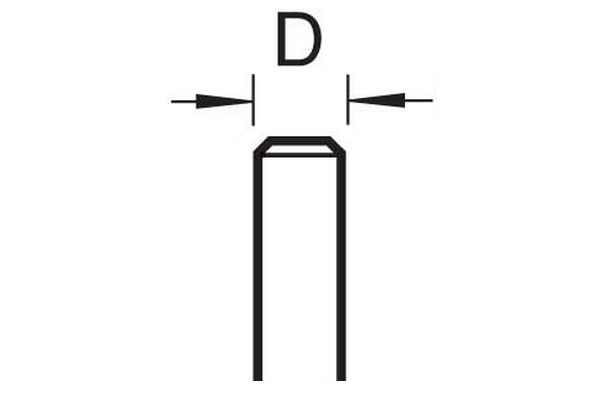 |
The shank diameter is measured across the centre of the shank from any point on its circumference.
Radius cutters are available with ¼" (6.35mm), 8mm (5/16"), ⅜" (9.5mm), 12mm (½" approx.) and ½" (12.7mm) shank diameters. |
|||
Overall length of radius router cutters |
||||
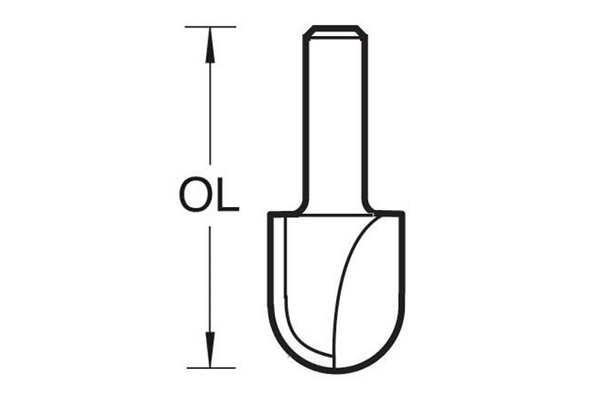 |
The overall length of a cutter is measured from the top of the shank to the bottom of the cutting edges or guide (if there is one).
Radius cutters range in length from 52.5mm (2 1/16") to 86mm (3 3/8") |
|||
Diameter of radius router cutters |
||||
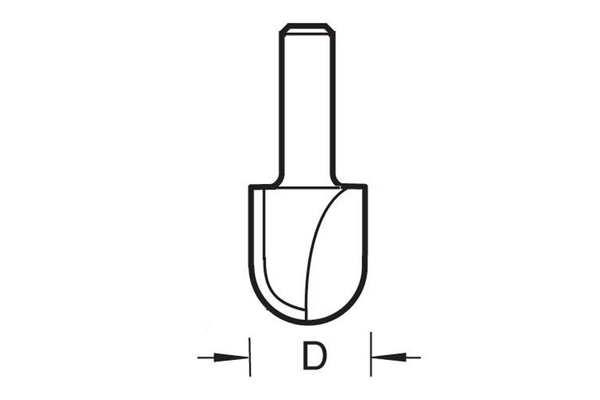 |
The diameter is the maximum width of the path made by a router cutter in one pass, and is measured from the outermost point of the cutting edges through the centre of the cutter.
Radius router cutters have diameters ranging from 3.2mm (⅛") to 63.5mm (2½"). For wider grooves, select a cutter with a larger diameter, and vice versa. |
|||
Cutting edges of radius router cutters |
||||
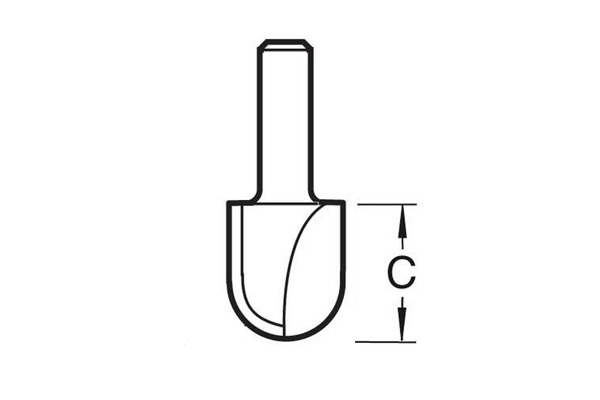 |
LengthThis is the maximum length of the full cutting edge of the radius router cutter. It is measured from the top of the cutting edge to the bottom, through the centre of the cutter.
Radius cutting edge lengths range from 6.3mm to 32mm. |
|||
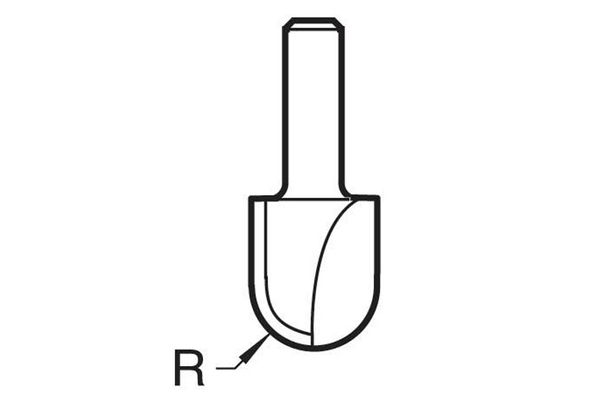 |
RadiusThis is the radius of the cutter's edges and will be the radius of the cut they impart on your material.
Radius cutter radii range from 1.5mm (1/16") to 25.4mm (1") |
|||
Guide diameter of radius router cutters |
||||
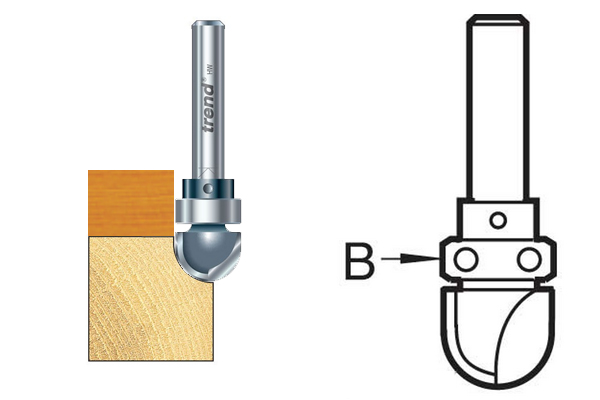 |
Some radius router cutters are supplied with a shank-mounted ball bearing guide above their cutting edges.
The bearings are designed to run along the edge of a template mounted above the workpiece, producing cuts to follow the template shape. They can be mounted on the shank or tip of the cutter. Bearings range from 12.7mm (½") to 28.6mm (1⅛") in diameter. |
|||
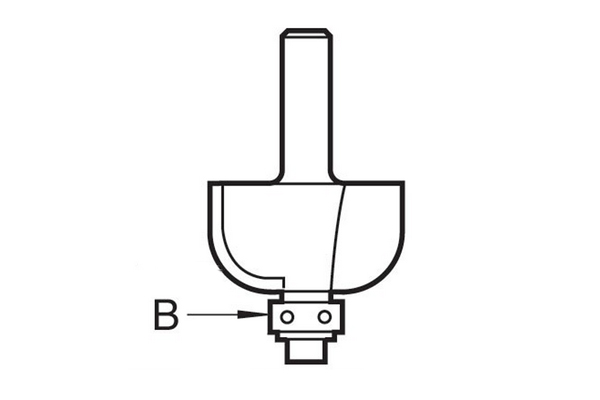 |
Cove router cutters are often supplied with a pin or ball bearing guide located beneath their cutting edges.
With both bearing and pin-guided cutters, the distance between the outside edge of the guide and tip of the cutting edge will determine the maximum cutting depth. |
|||
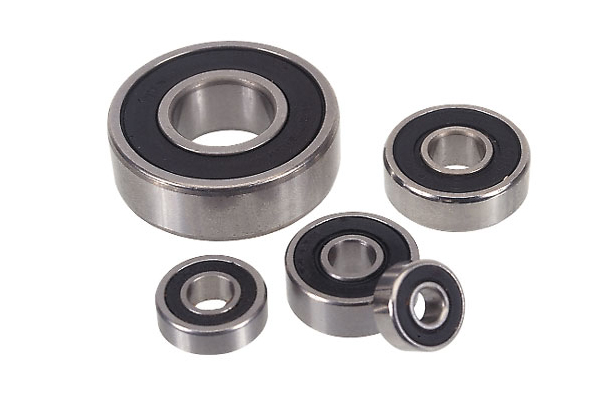 |
BearingsBearings range from 9.5mm (⅜") to 12.7mm (½") in diameter. With most models of cove cutter, the bearing can be removed and replaced with a larger or smaller one in order to alter the cutting depth of the cutter and the profile it produces. Some models are supplied with a selection of different sized bearings. |
|||
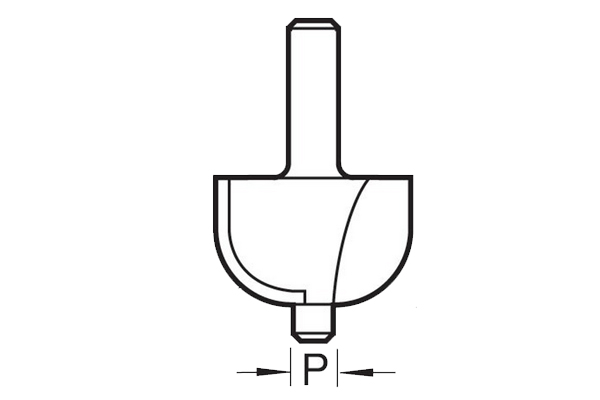 |
PinsCove router cutters that have pins are usually available with pins of 5.5mm (7/32") diameter. |
|||
 |
||||








